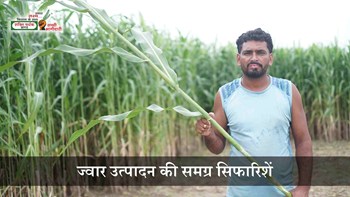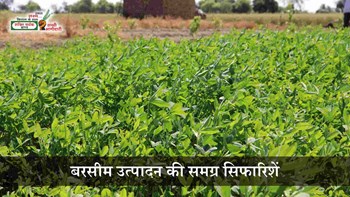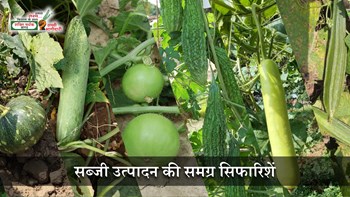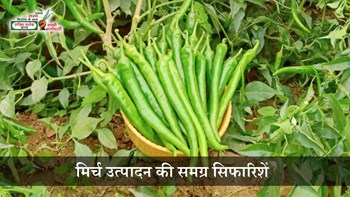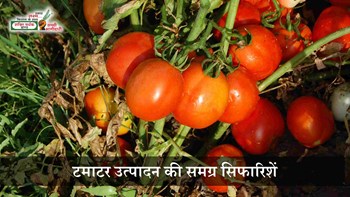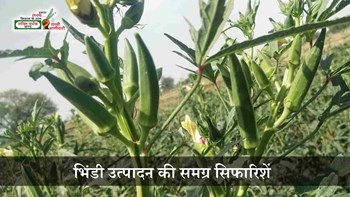Importance of Maize Fields
Maize fields are typically established in areas with well-drained soils and adequate sunlight. Farmers often select hybrid varieties that are disease-resistant and suitable for local climate conditions. The crop cycle usually ranges from 90 to 120 days, depending on the variety and intended use. Proper soil preparation, timely planting, and efficient irrigation are key to ensuring a healthy maize crop.
These fields not only contribute significantly to food security but also offer economic benefits to farmers through the sale of grain and by-products. Moreover, maize cultivation can improve soil fertility when practiced as part of a crop rotation system.
Maize as Fodder
Maize is an excellent source of fodder for livestock, particularly dairy and beef cattle. It is commonly harvested at the silking or early dough stage for silage, which preserves the plant’s nutritional content. Silage made from maize is rich in energy, digestible fiber, and essential nutrients that support animal growth and milk production.
Farmers often prefer maize fodder because it is palatable to animals and can be stored for extended periods without losing its nutritional value. It also provides an efficient feed conversion ratio, making it a cost-effective option for large-scale livestock operations.
Management and Sustainability
To maintain the sustainability of maize fields and fodder production, farmers are encouraged to adopt good agricultural practices. These include balanced fertilization, integrated pest management, and conservation tillage. Additionally, rotating maize with legumes can enhance soil health and reduce dependency on chemical inputs.
Water management is also crucial, as maize requires consistent moisture throughout its growth stages. With the increasing challenges posed by climate change, selecting drought-tolerant maize varieties and employing water-saving irrigation methods can help maintain productivity.

